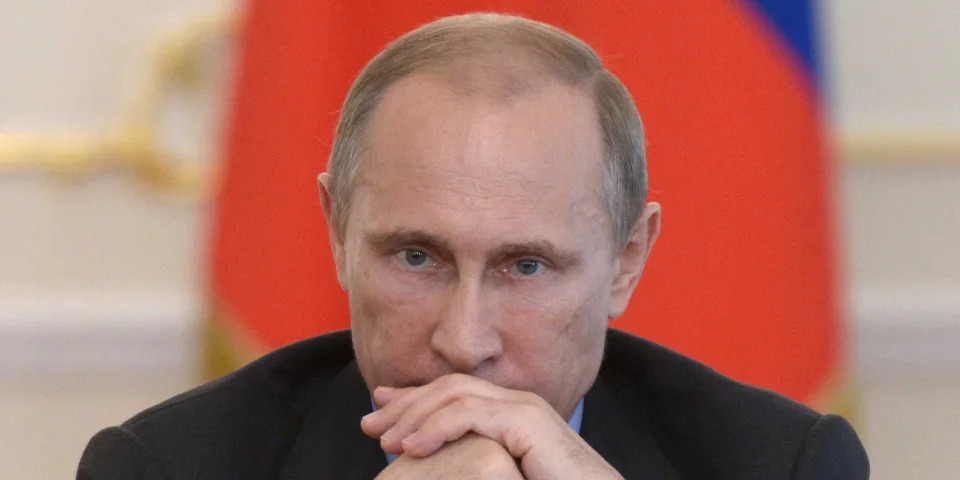- Joined
- Dec 6, 2010
- Messages
- 33,424
- Reaction score
- 5,686
Oil Tumbles to Erase 2022 Gains on Easing Demand for Fuels
Julia Fanzeres and Devika Krishna Kumar | Wed, December 7, 2022
(Bloomberg) -- It doesn’t take much to get oil prices moving lower these days, thanks to shrinking liquidity that’s sapped the life out of the market.
Both benchmarks have now erased all their gains for 2022. Prices on Wednesday headed for a fourth straight loss, with West Texas Intermediate trading near $72 a barrel and Brent dropping to the lowest in about a year. The market took another turn lower on signs of easing constraints for US fuel supplies and as risk-off sentiment gained momentum.
“There is literally no risk appetite to buy the dip in crude right now,” said Rebecca Babin, a senior energy trader at CIBC Private Wealth Management. “This is just snowballing into outsize moves.”
With many traders poised to close out big positions as 2022 wraps up, Babin said that the the big question now is: Can anything “step in front of crude into last trading days of the year” to stem the losses?
Crude has so far stumbled into the final month of the year, with the US benchmark heading for the first back-to-back quarterly drop since mid-2019 as central banks tighten monetary policy. Concerns about the global growth outlook, alongside a soft physical market and falling liquidity have weighed on prices. Then on Wednesday, the Energy Information Administration reported that distillate and gasoline inventories had climbed, indicating weaker demand.
The market’s latest leg down came at a complex moment, with traders assessing the fall-out from Group of Seven curbs on Russian oil, including a price cap that’s meant to punish Moscow for the war in Ukraine.
WTI crude should see some support at the $70 level, which is where the US might start considering refilling strategic reserves, said Ed Moya, senior market analyst at Oanda Corp.
https://finance.yahoo.com/news/oil-steadies-three-day-drop-000505275.html
Julia Fanzeres and Devika Krishna Kumar | Wed, December 7, 2022
(Bloomberg) -- It doesn’t take much to get oil prices moving lower these days, thanks to shrinking liquidity that’s sapped the life out of the market.
Both benchmarks have now erased all their gains for 2022. Prices on Wednesday headed for a fourth straight loss, with West Texas Intermediate trading near $72 a barrel and Brent dropping to the lowest in about a year. The market took another turn lower on signs of easing constraints for US fuel supplies and as risk-off sentiment gained momentum.
“There is literally no risk appetite to buy the dip in crude right now,” said Rebecca Babin, a senior energy trader at CIBC Private Wealth Management. “This is just snowballing into outsize moves.”
With many traders poised to close out big positions as 2022 wraps up, Babin said that the the big question now is: Can anything “step in front of crude into last trading days of the year” to stem the losses?
Crude has so far stumbled into the final month of the year, with the US benchmark heading for the first back-to-back quarterly drop since mid-2019 as central banks tighten monetary policy. Concerns about the global growth outlook, alongside a soft physical market and falling liquidity have weighed on prices. Then on Wednesday, the Energy Information Administration reported that distillate and gasoline inventories had climbed, indicating weaker demand.
The market’s latest leg down came at a complex moment, with traders assessing the fall-out from Group of Seven curbs on Russian oil, including a price cap that’s meant to punish Moscow for the war in Ukraine.
WTI crude should see some support at the $70 level, which is where the US might start considering refilling strategic reserves, said Ed Moya, senior market analyst at Oanda Corp.
https://finance.yahoo.com/news/oil-steadies-three-day-drop-000505275.html




/cloudfront-us-east-2.images.arcpublishing.com/reuters/5XEBFFRRLVLWVK7LIVRIAJN52E.jpg)


/cloudfront-us-east-2.images.arcpublishing.com/reuters/EAGXIGCNWVONRCRWNRC5WSCGUA.jpg)